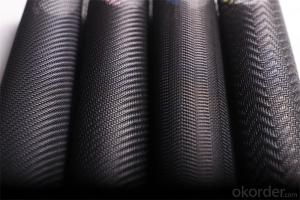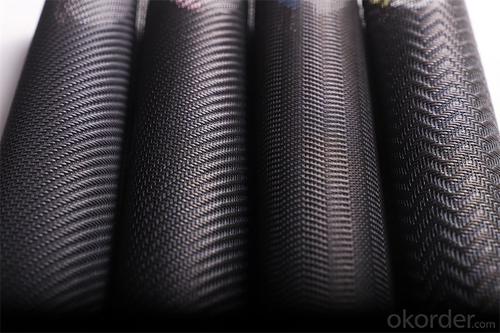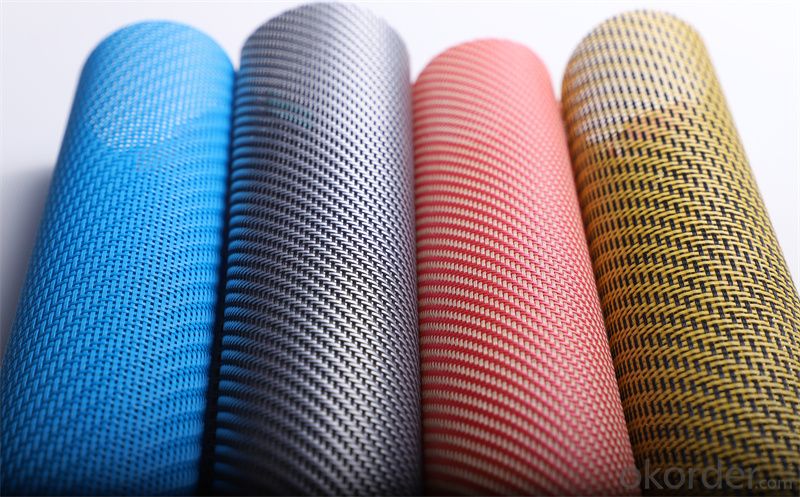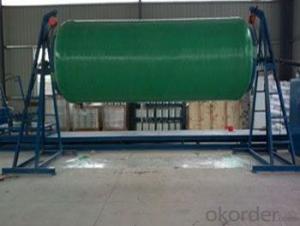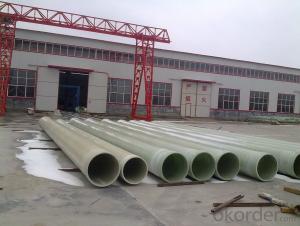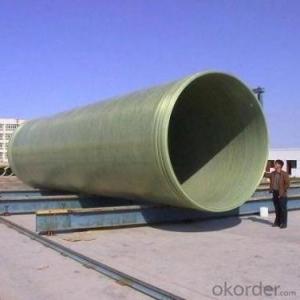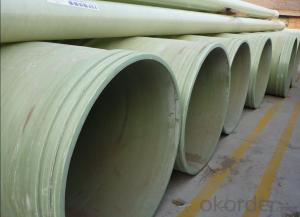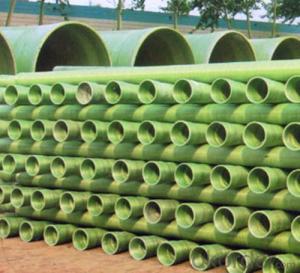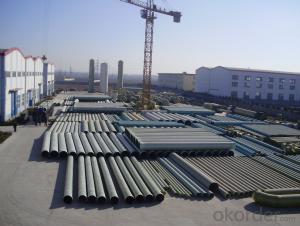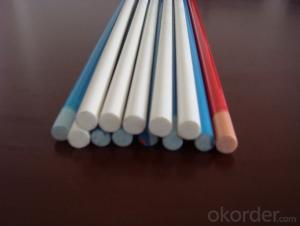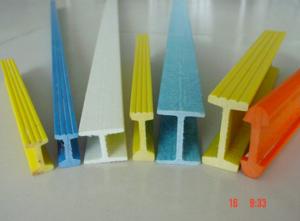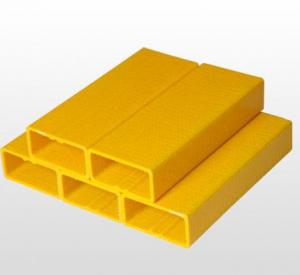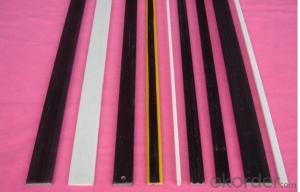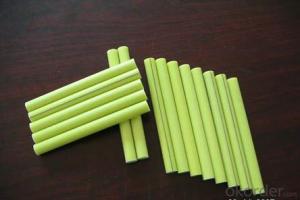Continuous glass fiber reinforced polypropylene thermoplastic composite
- Loading Port:
- Shanghai
- Payment Terms:
- TT OR LC
- Min Order Qty:
- 100 m²
- Supply Capability:
- 100000 m²/month
OKorder Service Pledge
OKorder Financial Service
You Might Also Like
Continuous glass fiber reinforced polypropylene thermoplastic composite
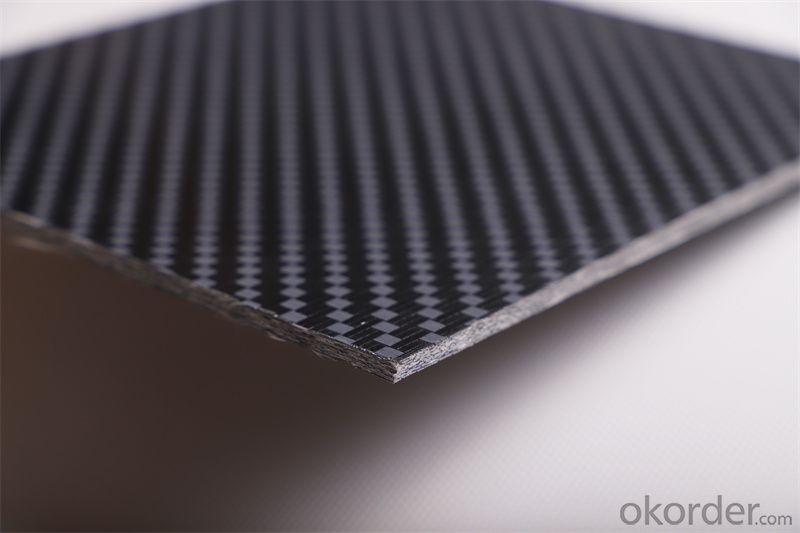
This material is woven or thermoformed by resin/fiber prepreg belt/yarn which uses superfine fiberglass as reinforcement fiber infiltrated with modified polypropylene. With the advantages of good mechanical property, electric insulation, leakproofness, CGFRP can be widely used in lightweight auto parts and other structural parts of high weather resistance, fire retardant, wear-resistance,resistance to bending, good impact resistance and high permeability.
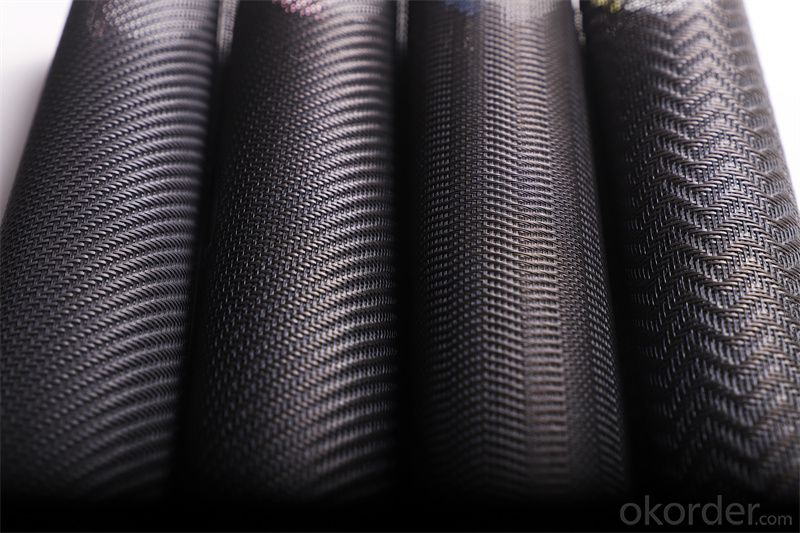
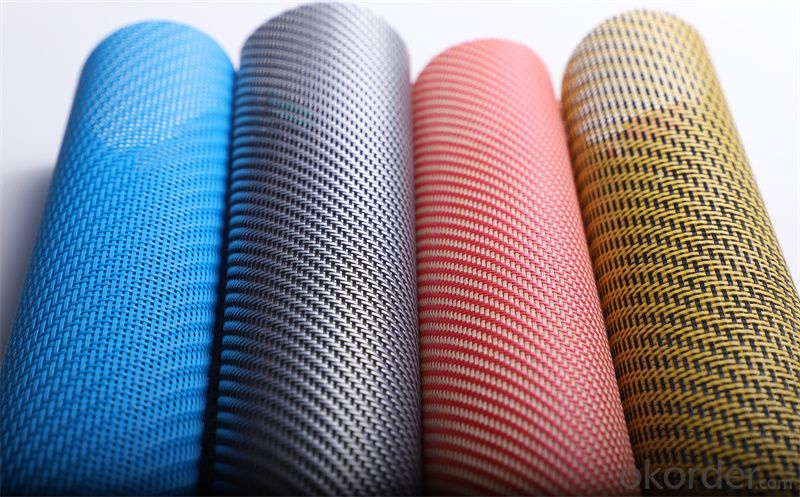
Thermoplastic composites is one of the key industries strongly advocated by the nation, with its advantages of light-weight, good impact resistance&toughness, high fatigue strength, green production process, recyclability, high production efficiency etc.
The main difference between continuous fiber reinforced polypropylene thermoplastic composite and traditional thermoplastic composite is the former’s fiber is continues while the later is not, this makes the former one performs much better than the later in all respects.
It is a hotspot to study and develop the continuous fiber reinforced polypropylene thermoplastic composite at present. This product is widely used in many industries like aerospace, shipping, car, rail traffic, infrastructure, sports and leisure etc.
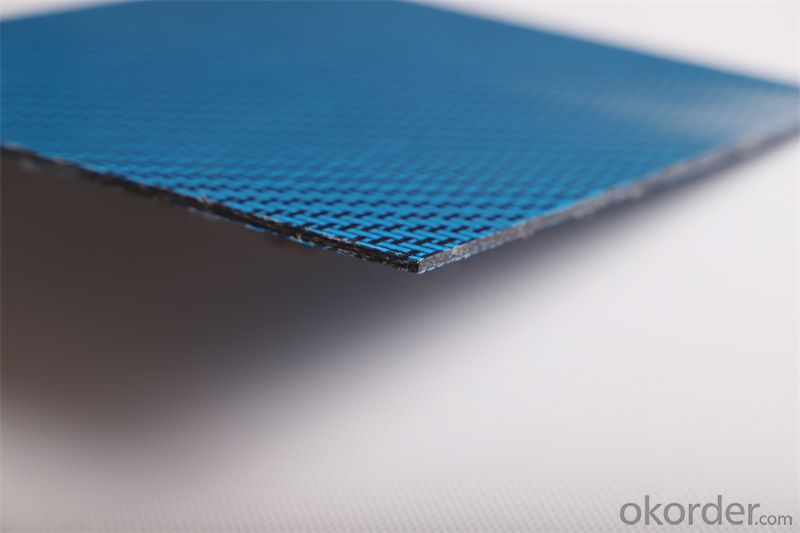
This material is woven or thermoformed by resin/fiber prepreg belt/yarn which uses high tenacity low shrinkage polyester as reinforcement fiber infiltrated with modified polypropylene. The advantages are texture presence, unfading, wear-resistance, high tenacity, chemical resistant, lightweight, texture of free change, no surface treatment process, environment friendly, recyclability etc.



Aerospace, High-speed train, ships&boats, auto parts, sports equipment, 5G facilities, wind power generation, suitcase, helmets, covers and other parts of household appliance, etc.
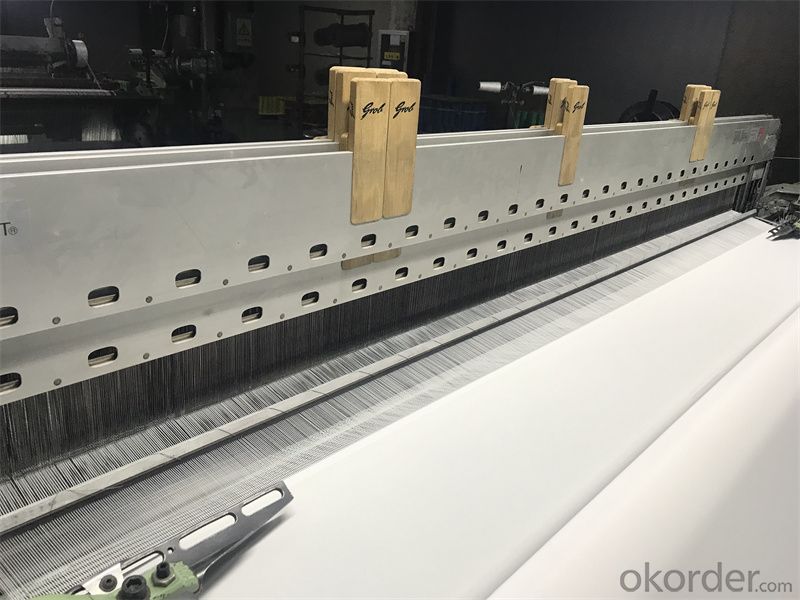
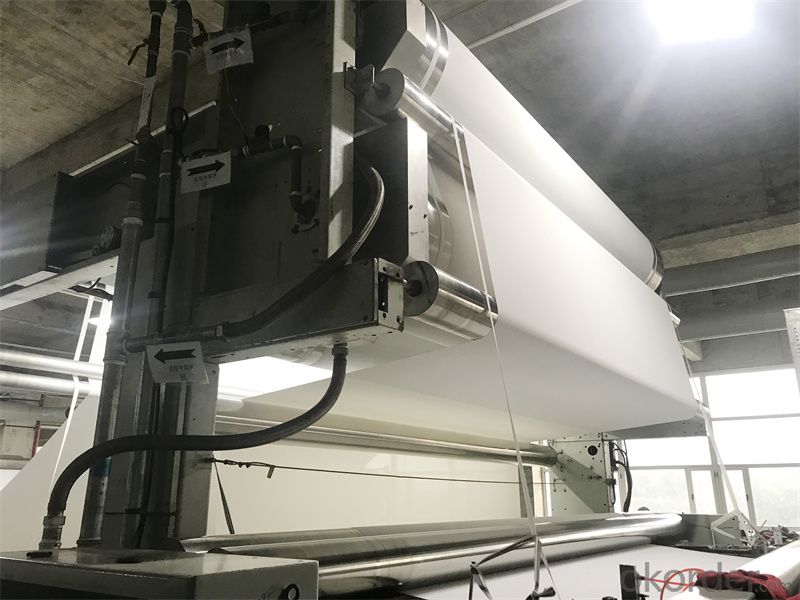
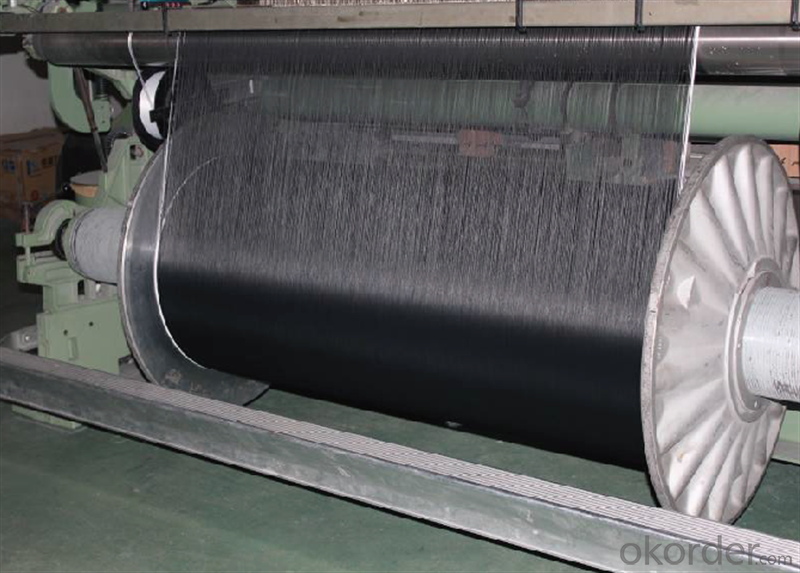
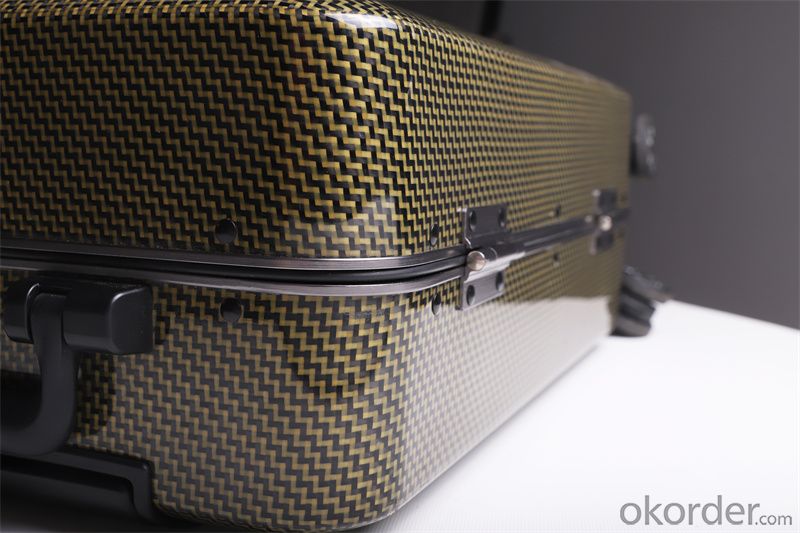
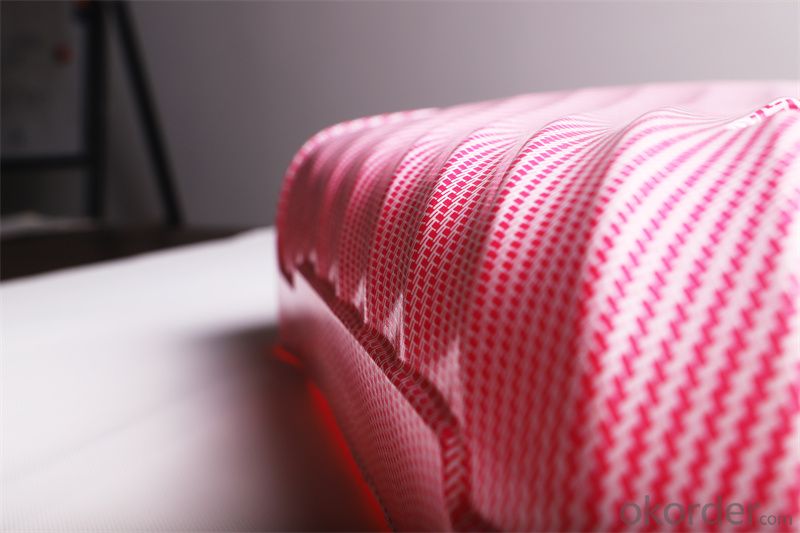
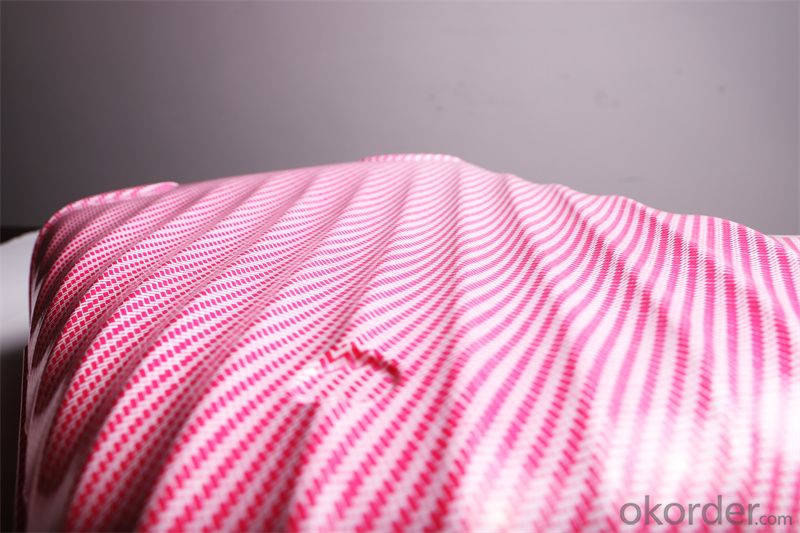
- Q: Can FRP pultrusion profiles be used in the automotive industry?
- Yes, FRP pultrusion profiles can be used in the automotive industry. They offer several advantages such as high strength-to-weight ratio, corrosion resistance, and design flexibility. These profiles can be used for various automotive applications including body panels, structural components, and interior parts.
- Q: Are FRP pultrusion profiles resistant to high winds or hurricanes?
- Yes, FRP (Fiber Reinforced Polymer) pultrusion profiles are highly resistant to high winds and hurricanes. FRP is a composite material that combines the strength of fiberglass with the durability of polymers. This results in a lightweight yet incredibly strong material that can withstand extreme weather conditions. FRP pultrusion profiles have been extensively tested and have proven to have excellent wind resistance properties. They have a high stiffness-to-weight ratio, allowing them to withstand the forces exerted by high winds without bending or breaking. Additionally, the inherent flexibility of FRP allows it to absorb and distribute the forces exerted by wind, reducing the risk of damage. In the case of hurricanes, FRP pultrusion profiles have demonstrated their ability to withstand the strong winds and flying debris associated with these severe weather events. They have been used in various applications such as building facades, bridges, and utility poles in hurricane-prone areas, with great success. Furthermore, FRP pultrusion profiles are corrosion-resistant, which is another advantage when it comes to withstanding high winds and hurricanes. Unlike traditional materials like steel or wood, FRP profiles do not rust or rot when exposed to moisture, making them even more suitable for these challenging weather conditions. Overall, due to their high strength, durability, flexibility, and corrosion resistance, FRP pultrusion profiles are an excellent choice for applications where resistance to high winds or hurricanes is required.
- Q: Can FRP pultrusion profiles be used in the telecommunications and data communication industry?
- Yes, FRP pultrusion profiles can be used in the telecommunications and data communication industry. These profiles offer several advantages such as high strength-to-weight ratio, corrosion resistance, and electrical insulation properties. They can be used for applications such as cable trays, antenna supports, equipment enclosures, and infrastructure components, providing a durable and reliable solution for the industry's needs.
- Q: Can FRP pultrusion profiles be used in electrical or telecommunications applications?
- Yes, FRP (Fiber Reinforced Polymer) pultrusion profiles can be used in electrical or telecommunications applications. FRP pultrusion profiles are known for their excellent electrical insulating properties, high strength-to-weight ratio, and corrosion resistance. These characteristics make them suitable for various electrical and telecommunications applications. In electrical applications, FRP pultrusion profiles can be used as electrical insulators, cable trays, busbar supports, and electrical enclosures. They provide insulation and protection against electrical shocks and are often chosen as an alternative to traditional materials like metal or wood due to their non-conductive properties. Additionally, FRP pultrusion profiles are lightweight and easy to install, which further adds to their suitability in electrical applications. In telecommunications applications, FRP pultrusion profiles are used for cable management systems, antenna supports, and equipment enclosures. Similar to electrical applications, the non-conductive nature of FRP pultrusion profiles ensures the safety and reliability of the telecommunications infrastructure. The profiles can also be customized to meet specific design requirements, such as incorporating cable routing channels or mounting brackets for equipment. Furthermore, FRP pultrusion profiles offer excellent resistance to harsh environmental conditions, such as moisture, UV radiation, and chemicals. This makes them ideal for outdoor electrical or telecommunications installations, where exposure to these elements is common. Overall, FRP pultrusion profiles have proven to be a reliable and cost-effective choice for electrical and telecommunications applications, providing insulation, strength, durability, and resistance to environmental factors.
- Q: Can FRP pultrusion profiles be used in the construction of train or subway platforms?
- Indeed, train or subway platforms can utilize FRP (Fiber Reinforced Polymer) pultrusion profiles. These profiles consist of a blend of reinforced fibers and a polymer resin matrix, endowing them with robustness and endurance. Their lightweight nature, resistance to corrosion, and exceptional mechanical properties make them suitable for diverse applications within the construction sector. Regarding train or subway platforms, FRP pultrusion profiles can serve as structural components, including handrails, guardrails, gratings, and decking systems. These profiles present a non-conductive and non-magnetic solution, crucial in railway environments to prevent interference with electrical and signaling systems. Furthermore, FRP pultrusion profiles offer a high degree of customization, enabling adaptation to specific project requirements. They can be crafted in various shapes, sizes, and colors to fulfill both aesthetic and functional demands in train or subway platforms. Moreover, FRP pultrusion profiles exhibit exceptional resistance against environmental factors such as moisture, chemicals, and UV radiation. This resistance ensures the profiles' durability and maintenance of their structural integrity over time, even in the harsh and corrosive conditions commonly encountered in railway environments. Overall, FRP pultrusion profiles represent a dependable and cost-effective choice for constructing train or subway platforms. They provide numerous advantages, including strength, durability, customization options, and resistance to environmental factors. Thus, they serve as a suitable alternative to conventional materials in these applications.
- Q: How do FRP pultrusion profiles compare to traditional materials, such as steel or aluminum?
- FRP pultrusion profiles offer several advantages over traditional materials like steel or aluminum. Firstly, FRP profiles are much lighter in weight, making them easier to handle and install. Additionally, FRP profiles possess excellent corrosion resistance, making them a suitable choice for applications in harsh environments. They also have high strength-to-weight ratio, allowing for efficient load-bearing capabilities. Furthermore, FRP profiles are non-conductive and do not require any additional insulation, making them ideal for electrical applications. Lastly, FRP profiles are highly customizable, enabling the design of complex shapes and sizes. Overall, FRP pultrusion profiles provide a cost-effective, durable, and versatile alternative to traditional materials.
- Q: Are FRP pultrusion profiles resistant to alkaline substances?
- Yes, FRP pultrusion profiles are generally resistant to alkaline substances. The use of fiberglass reinforced polymer (FRP) in pultruded profiles provides excellent resistance to a wide range of chemicals, including alkaline substances. The resin used in the manufacturing process is typically a thermosetting polymer, such as polyester or vinyl ester, which offers high resistance to alkaline solutions. Moreover, the reinforcement of fiberglass imparts additional strength and durability to the profiles, making them highly resistant to corrosion and degradation from alkaline substances. However, it is important to note that the specific resistance of FRP pultrusion profiles to alkaline substances may vary depending on the specific resin formulation and manufacturing process. Therefore, it is recommended to consult with the manufacturer or supplier to ensure the profiles meet the desired resistance requirements for specific alkaline environments.
- Q: Are FRP pultrusion profiles resistant to electromagnetic interference?
- Yes, FRP pultrusion profiles are generally resistant to electromagnetic interference. The non-conductive nature of the fiberglass reinforced polymer (FRP) material provides insulation against electromagnetic fields, making them less susceptible to interference. However, the specific level of resistance may depend on the design and composition of the FRP profiles.
- Q: Can FRP pultrusion profiles be used in the automotive manufacturing industry?
- Yes, FRP (Fiber Reinforced Polymer) pultrusion profiles can be used in the automotive manufacturing industry. FRP pultrusion profiles offer several advantages that make them suitable for automotive applications. Firstly, FRP profiles are lightweight, which helps in reducing the overall weight of the vehicle. This is crucial for improving fuel efficiency and reducing emissions. The lighter weight of FRP profiles also allows for better handling and improved performance. Secondly, FRP profiles possess excellent mechanical properties such as high strength and stiffness. This makes them suitable for use in structural components of vehicles, such as chassis, body panels, and frames. FRP profiles can withstand heavy loads and offer good impact resistance, ensuring the safety of the vehicle and its occupants. Additionally, FRP profiles exhibit excellent corrosion resistance, which is particularly beneficial for automotive applications. Unlike traditional materials like steel, FRP profiles are not susceptible to rust or corrosion, making them ideal for use in various automotive environments, including exposure to moisture, chemicals, and salt. Furthermore, FRP pultrusion profiles can be tailored to meet specific design requirements, allowing for flexibility in manufacturing. They can be produced in various shapes and sizes, offering versatility in designing complex components. This flexibility in design also allows for customization and optimization of vehicle performance. Lastly, FRP profiles offer good thermal and electrical insulation properties. This makes them suitable for applications where electrical conductivity needs to be minimized or thermal insulation is required. Overall, the lightweight, high strength, corrosion resistance, design flexibility, and insulation properties of FRP pultrusion profiles make them well-suited for use in the automotive manufacturing industry. They can contribute to the development of more efficient, safe, and durable vehicles.
- Q: Are FRP pultrusion profiles resistant to chemical spills or leaks?
- Yes, FRP (Fiber Reinforced Polymer) pultrusion profiles are highly resistant to chemical spills or leaks. The combination of the fiberglass reinforcement and the polymer matrix used in FRP pultrusion provides excellent resistance to a wide range of chemicals, acids, and corrosive substances. This makes FRP pultrusion profiles a suitable choice for applications where chemical resistance is crucial, such as in chemical processing plants, wastewater treatment facilities, and storage tanks.
Send your message to us
Continuous glass fiber reinforced polypropylene thermoplastic composite
- Loading Port:
- Shanghai
- Payment Terms:
- TT OR LC
- Min Order Qty:
- 100 m²
- Supply Capability:
- 100000 m²/month
OKorder Service Pledge
OKorder Financial Service
Similar products
Hot products
Hot Searches
Related keywords
